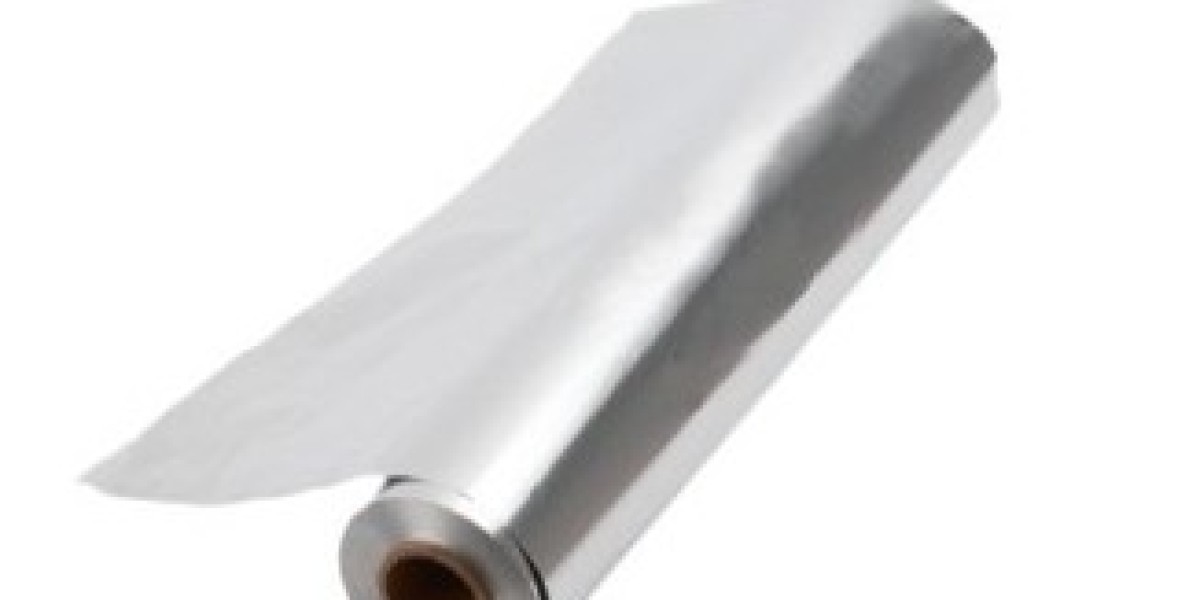This article will walk you through the most important changes and trends you need to know about CDR writing in 2025.
What Is a CDR and Why Is It Important?
A CDR (Competency Demonstration Report) is a document required by Engineers Australia for the assessment of your engineering qualifications and skills if you want to migrate to Australia. It includes three Career Episodes, a Summary Statement, and a Continuing Professional Development (CPD) list. The CDR is your opportunity to prove that you meet the standards of the Australian engineering workforce.
Latest Trends in CDR Writing in 2025
Let’s look at the key trends that are shaping CDR writing services this year.
1. Focus on Real-Life Projects
In 2025, Engineers Australia places greater importance on real-life engineering projects rather than theoretical knowledge. Your Career Episodes must highlight projects where you applied your engineering skills in actual work environments. This could be from internships, jobs, or university projects.
To stand out, focus on describing the challenges you faced, the solutions you proposed, and the results you achieved. Generic or copied examples will not be accepted.
2. Greater Use of Technology and Tools
The rise of digital tools has made the CDR preparation process easier. Tools like plagiarism checkers, grammar checkers, and AI-based writing assistants are now widely used to improve the quality of CDRs. Services like Head of Writers also use these tools to ensure accuracy and originality.
As an applicant, you should use these tools wisely to check for grammar mistakes, improve sentence clarity, and remove unintentional plagiarism. However, be cautious — automated tools cannot replace human judgment or the requirement to write about personal experiences.
3. Emphasis on Soft Skills
Previously, CDRs mainly focused on technical skills, but in 2025, soft skills such as leadership, communication, teamwork, and problem-solving are gaining importance. Engineers Australia wants to see that you can work effectively with colleagues, handle conflicts, and lead projects.
Make sure your Career Episodes include examples of how you demonstrated soft skills alongside technical achievements.
4. Stricter Plagiarism Checks
Plagiarism detection has become more advanced in 2025. Engineers Australia uses sophisticated software to detect copied content from books, internet sources, or previously submitted CDRs. Even minor copying can lead to rejection or a ban from applying.
To avoid this, write your CDR in your own words, describe your unique experiences, and avoid copying samples from the internet. If you use a service like Head of Writers, confirm they guarantee plagiarism-free content.
5. Clear and Concise Writing
Another trend is the shift toward simple and clear writing. Engineers Australia prefers CDRs that are easy to understand, free of complex jargon, and focused on practical details.
Avoid using long sentences or overly technical language that might confuse the assessor. Focus on clarity, precision, and relevance.
6. Customization for ANZSCO Codes
In 2025, CDRs must align closely with the specific ANZSCO code you are applying under. Whether you are an Engineering Manager, Civil Engineer, Mechanical Engineer, or ICT Professional, your CDR must match the competency requirements of that occupation.
Make sure to carefully read the ANZSCO description and highlight the tasks, skills, and responsibilities relevant to that role in your Career Episodes and Summary Statement.
Major Changes in CDR Requirements
Along with trends, there are some important changes in CDR writing rules that you need to know.
1. Updated Migration Skills Assessment Guidelines
Engineers Australia has updated its Migration Skills Assessment booklet in 2025. The new guidelines offer clearer instructions on how to prepare each section of the CDR.
For example, Career Episodes now need to include more detailed evidence of outcomes and achievements, not just a list of tasks. Make sure to download the latest version of the booklet before starting your CDR.
2. More Emphasis on CPD Details
Previously, Continuing Professional Development (CPD) was often treated as a minor section. In 2025, it has become an important part of the assessment. Engineers Australia wants to see that you are committed to learning and updating your skills.
Include seminars, workshops, conferences, online courses, and training you have completed. Provide clear details, such as dates, organizers, and topics covered.
3. Higher Standards for Summary Statement
The Summary Statement now requires a more precise cross-reference between your Career Episodes and the competency elements. Engineers Australia looks for a clear match between what you claim and where you demonstrated it.
Take the time to carefully map the elements in the Summary Statement to specific paragraphs in your Career Episodes. A well-prepared Summary Statement can significantly strengthen your CDR.
4. Ethical Engineering Practices
Ethics and sustainability have become critical areas of focus in 2025. Engineers Australia expects engineers to show how they follow ethical standards, respect workplace health and safety, and consider environmental impact.
In your Career Episodes, include examples of how you followed ethical practices or contributed to sustainable solutions. This will demonstrate your responsibility as an engineer.
Tips for a Successful CDR in 2025
Based on the above trends and changes, here are some tips to help you succeed:
Start early: Give yourself enough time to gather documents, write drafts, and revise.
Be honest: Write your own experiences truthfully; don’t exaggerate or invent projects.
Get professional help: Consider using trusted CDR writing services like Head of Writers if you need expert guidance.
Proofread carefully: Check for grammar, spelling, and formatting errors.
Stay updated: Follow the latest Engineers Australia announcements to stay informed.
Final Thoughts
CDR writing in 2025 comes with new expectations, but it also offers opportunities for engineers to present their skills more effectively. By focusing on real-life projects, highlighting both technical and soft skills, avoiding plagiarism, and aligning with the latest guidelines, you can increase your chances of a positive outcome.
Whether you choose to write your CDR yourself or work with experts like Head of Writers, remember that your report is your personal story as an engineer. Make it authentic, clear, and well-organized to stand out in the competitive migration process.



